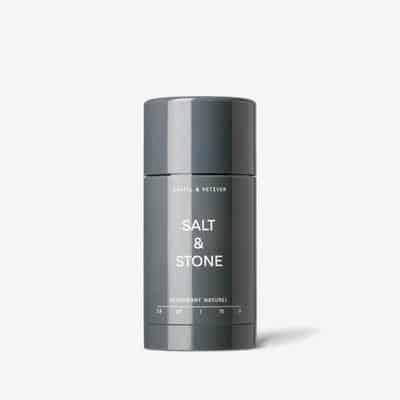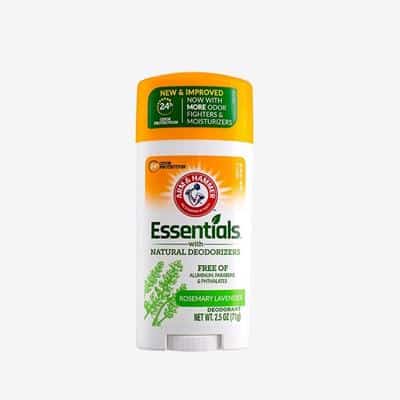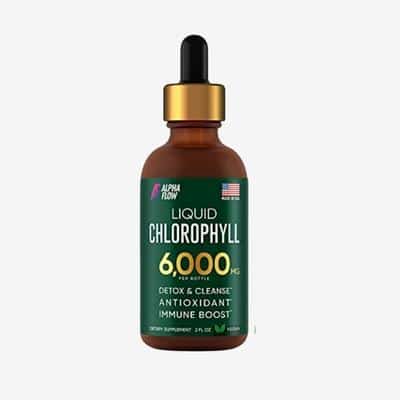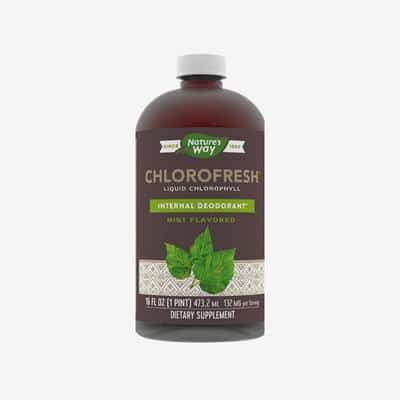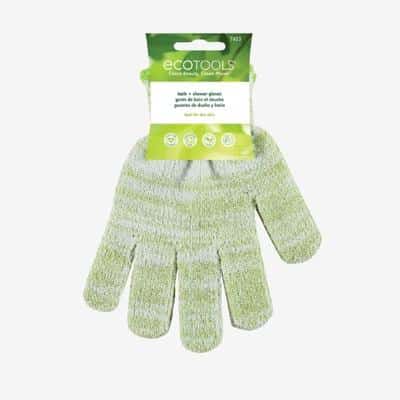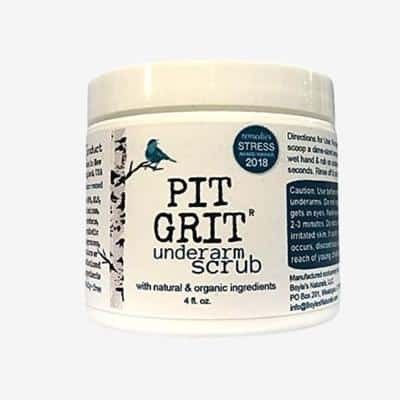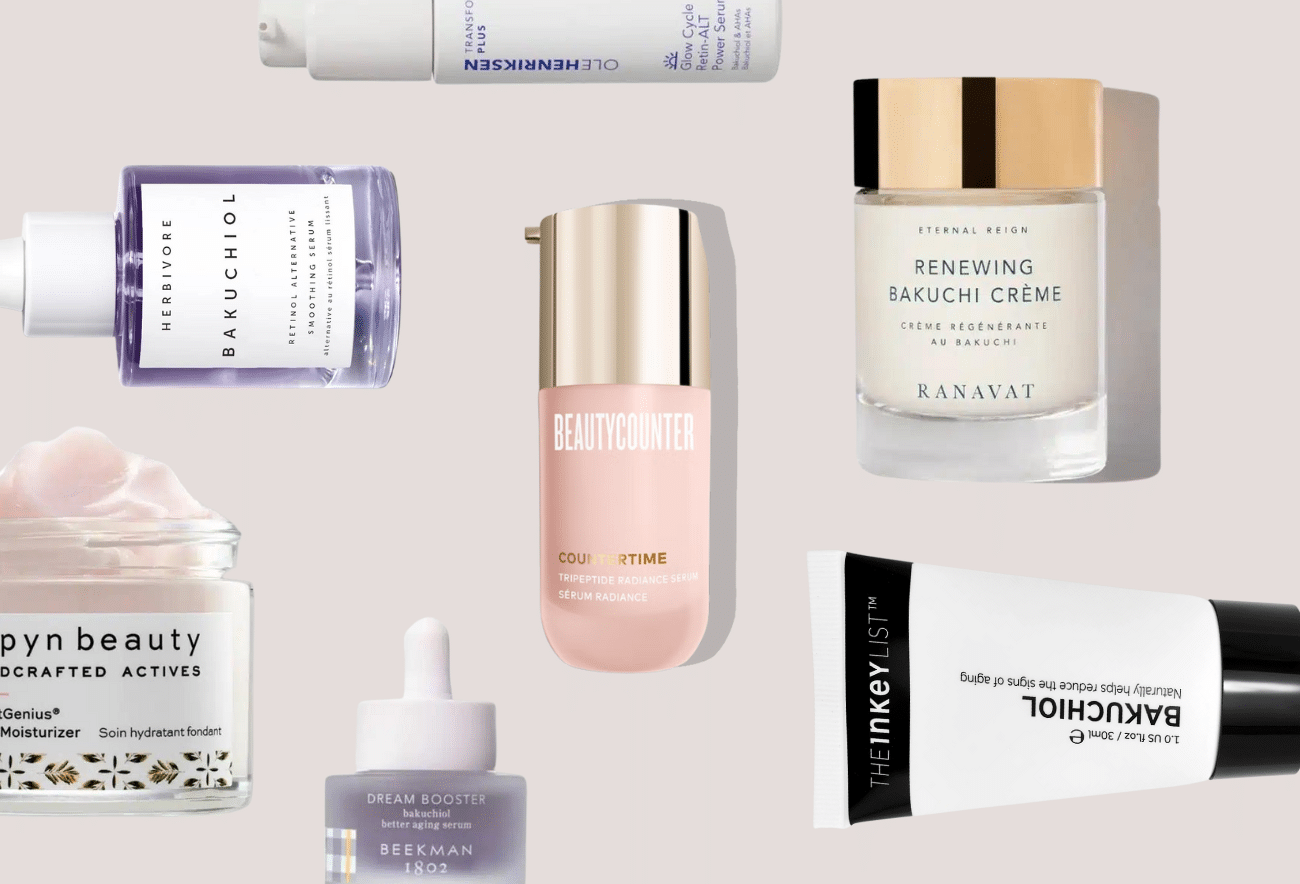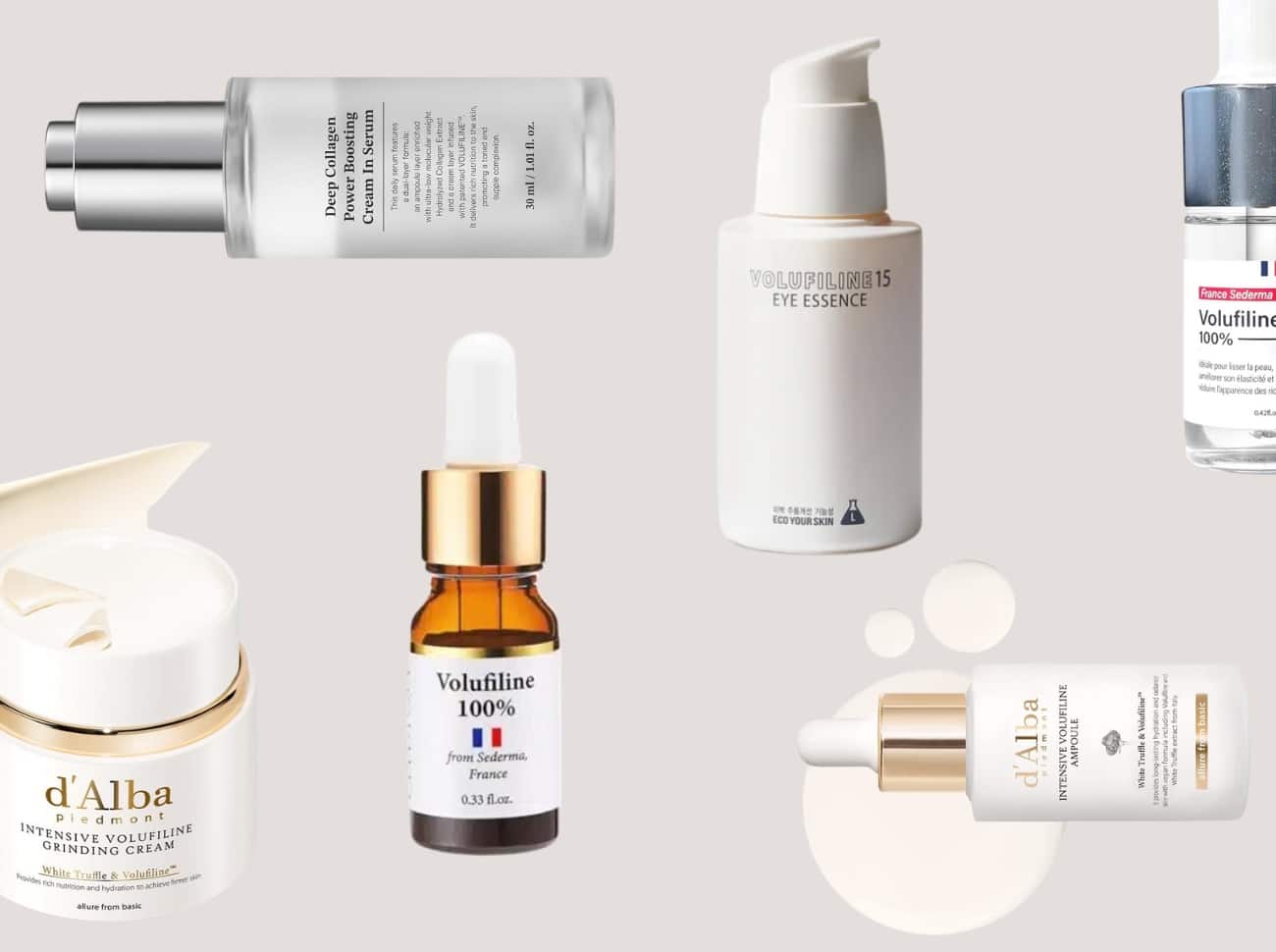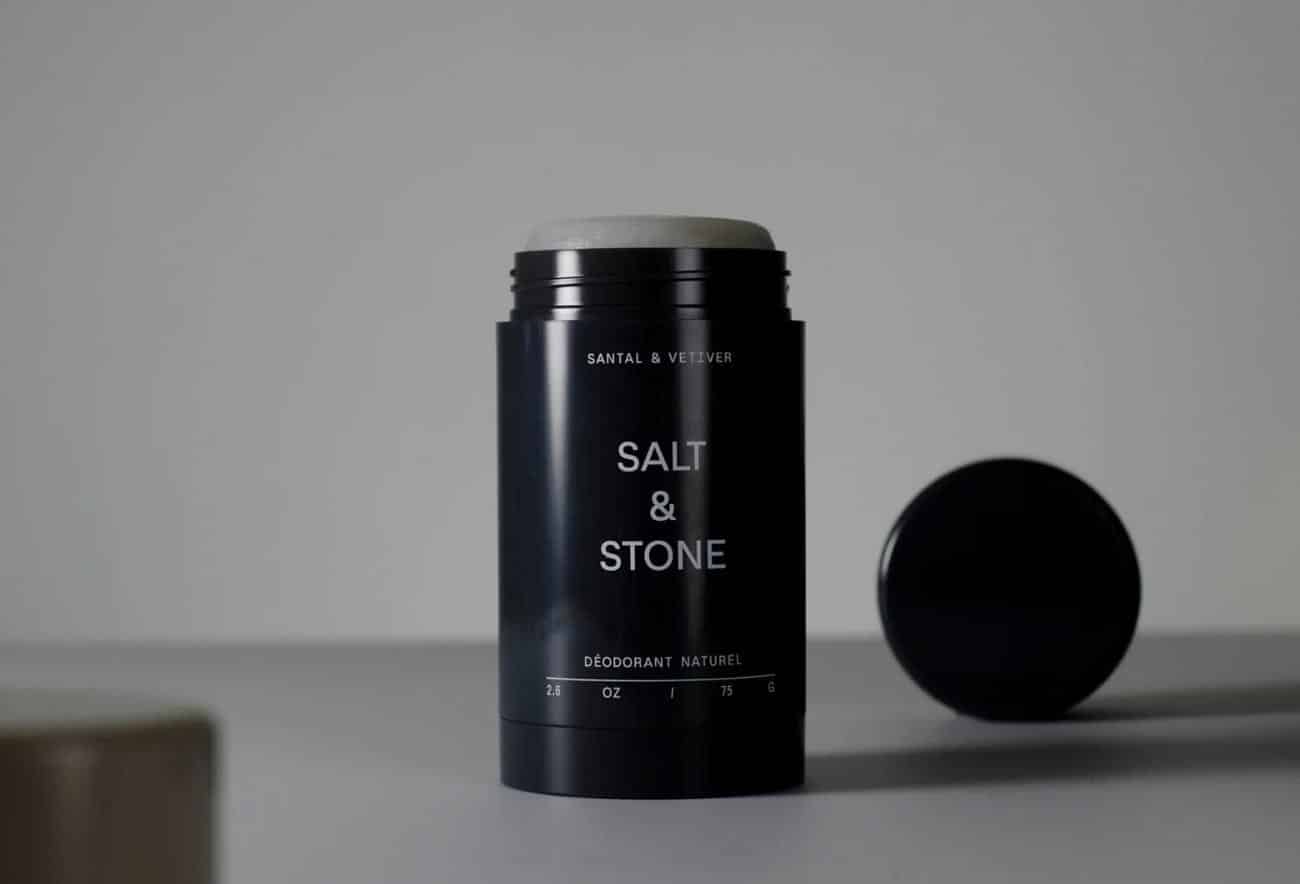
A Guide to Aluminum-Free Deodorant, According to a Biologist
We partnered with Rachel Meyer, a Biologist and Researcher at UCSC, to chronicle her journey to discovering the best aluminum-free deodorant and all-natural ways to fight body odor.
Read on to discover her top recommended products and the science behind the all-natural remedies for staying fresh and aluminum free.
Meet The Curator

Rachel Meyer
UCSC, Biologist & Researcher
Rachel Meyer is a member of the department of Ecology and Evolutionary Biology at UCSC and director of the CALeDNA program. Her research lab does environmental DNA, plant landscape genomic research, and ethnobotanical research, focusing on both modern and ancient plant-human relationships. She teaches Molecular Ecology, Intro to Horticulture, and a graduate seminar called Natural History of the Genome.
She is passionate about all things biology and botany including all-natural products.
My Journey to Aluminum-Free Deodorant
Armpit care is kind of taboo. I wanted to move away from aluminum-based antiperspirants and deodorants and ended up making a series of bad purchases because I didn’t have any guidance. I kept going to those big natural grocery stores and staring at the immense natural deodorant section, reading the labels, and seeing most were based on starch and oil with rich perfumes. My cashier was my only advisor. “This one is my favorite but it’s hard like a brick. This one doesn’t work. If you sweat in this one, your pits will start to foam.” My experience with one aluminum-free deodorant had me worried about them all. Some aluminum-free deodorants left my skin breaking out. Some had me feeling great the first day, but they built up residue I couldn’t remove without basically sandpapering my armpits. Why didn’t I just text my sisters? Hell, why didn’t I make an Instagram survey about it? With a background in biology and botany and testing countless aluminum-free deodorants, I was determined to successfully conquer the world of armpit maintenance.
Things changed when I visited two of my girlfriends in Bozeman Montana: two bodacious and well-kempt babes I look up to. While in the safe space of a little backyard sauna, I brought up the question of what routine they have to minimize armpit odor. I’ll add that we’re all professional biologists, and don’t follow hype. I wanted evidence-based recommendations, and I wanted reasons. They were so excited to gush about their own adventures in pit care. One said to the other, “I started scratching my armpits in the shower like you told me to and my B.O. is gone!” Apparently, they had both already been on this journey and found solace in each other.
Here’s the outcome of that conversation, new products I recommend, and some research to validate the science behind it all.
Best Aluminum-Free Deodorant and All-Natural Antiperspirant
My friends (who are also biologists) found the brand Salt and Stone, which uses prebiotic seaweed extract and probiotics to promote a healthy non-odorous armpit microbiome. They also include hyaluronic acid to moisturize, soothe, and repair the skin and feature delicate fragrances such as Santal and Vetiver. While the specific probiotics are unknown, and the science on them is still quite young, they’ve seen great results, in combination with scratching/exfoliation.
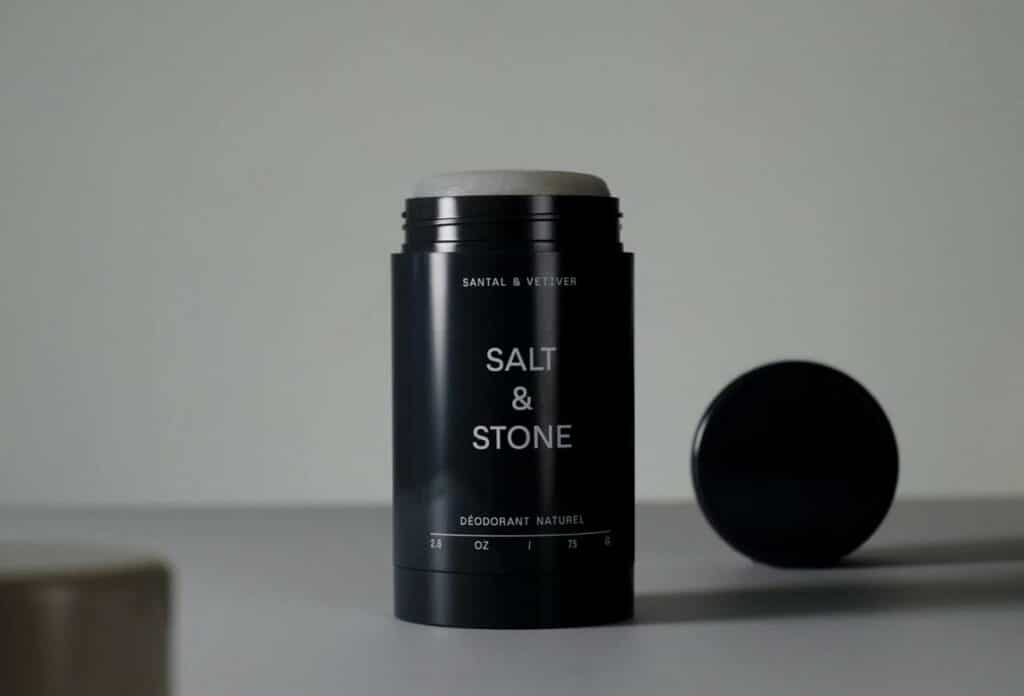
Another natural way to manage body odor is to take Chlorophyll extract on a daily basis. My friend said, “I know, it totally sounds like pseudoscience, but it works.”
I’ve been testing both products and am getting positive results. I love the smell of the Santal and Vetiver Salt and Stone aluminum-free deodorant, and it does not have the same residue build-up as the other all-natural deodorants I’ve tried.
The Background Evidence to Support All-Natural Deodorant
The Basis of Armpit Body Odor
From ‘Your Body: The Missing Manual” (2009), the smelly glands in your armpit are apocrine glands, which are adjacent to hair follicles. They produce odorless proteins, lipids, and steroids that certain bacteria feed on and break down into odorous chemicals. While men have larger apocrine glands, women have 75% more apocrine glands in their armpits (Troccaz et al., 2015). Antiperspirants only block the eccrine glands that produce sweat. Those aren’t smelly on their own. There’s some genetic basis for the propensity to smell. For instance, in East Asians that have dry earwax (most people of European and African ancestry have wet earwax), there is a variant in a gene called ABCC11, and this variant reduces the secretion of metabolites that feed odorous bacteria in those apocrine glands (Harker et al., 2014). Whether you have this variant or not is actually a strong predictor of whether you use deodorant or you don’t. Studies have shown people can detect their own body odor more swiftly and sensitively than they can detect other peoples’ odor, so if you don’t think you need deodorant, trust yourself.
In 2013, Callewaert et al published a microbiome analysis of the human armpit in PLOS One. They describe that the most common bacteria in your pits is Staphylococcus, some species of which cause a smell like decomposition, others of old sweat, and others have little odor. Staphylococcus species are more common in women. The second most common armpit bacteria is Cornebacterium, which causes a smell like cheese, and is more common in men. Callewaert et al found that increased deodorant use was correlated with a more diverse bacterial community, and interpreted that cosmetics like deodorant open up the skin niche to be prone to colonization. Others have found the same trend with antiperspirants. This means your deodorant choice and frequency of application have a lot of influence on how your bacterial types. Your armpits will be colonized by bacteria, so how can you regulate it?
All-Natural Antiperspirant and Body Odor Treatments
Armpit Scratching
Basically, exfoliating your pits helps remove the bacterial community that is embedded in your skin pores and not going anywhere with a light soap and rinse. Some use their nails (if you have nails) to scratch. I use an exfoliating bath glove. You have to scratch and scrub harder than you’d expect in order to ‘turn over’ the bacterial community in your armpits because you have to disturb the bacteria in your dermis below the skin’s surface (see diagram below). You can also try an all-natural armpit scrub like Pit Grit that will help you get a deeper exfoliation.
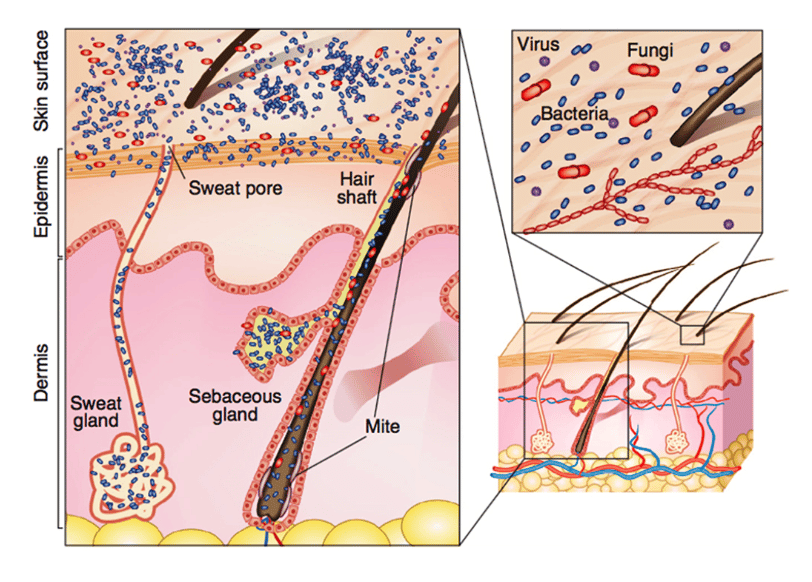
Shaving
Shaving does not have a large effect, but it does make the armpit easier to clean, and thereby reduces the possible places for bad bacteria to live.
Cleansing and pH Regulation
Washing with tap water and neutral soap temporarily decreases the pH of women’s armpits, but increases the pH of men’s armpits. A lower pH is preferable because an acidic environment inhibits the growth of bad bacteria such as Staphylococcus aureus, the culprit of staph infections. With washing, women have an armpit pH of 5-6, whereas men have an armpit pH of 6-7.
Internal Supplements
In addition to stress levels, diet can affect your odor. Some people find they have body odor as a reaction to food to which they have mild allergies. There are lots of botanical supplements out there to improve body odor, but let’s focus on the recommendation of an oral supplement of chlorophyll (or chlorophyllin). To my surprise, studies dating back to 1950 support orally administered chlorophyll to reduce body odor. In that original study, 800mg of chlorophyllins consumed over 6 days reduced body odor by 76% before exercise and 83% after exercise.
All-Natural Deodorant Ingredients to Embrace
The Setbacks of Aluminum Deodorant
Broad-spectrum antimicrobials like aluminum don’t support any specific bacterial community, so you could be recolonized by bad smelly bacteria when they wear off. They do kill some bacteria, while others are less sensitive, so your success with broad-spectrum chemicals depends on which bacteria are in your armpit microbiome.
Prescription Deodorants
Antibiotics typically kill bacteria. Some prescribed deodorants contain typical broad-spectrum antibiotic drugs. However, using antibiotics in this way contributes to the evolution of antibiotic-resistant bacteria, so the benefits are somewhat ephemeral. Alternative forms of antibiotics include vitamins such as zinc and niacinamide (a kind of Vitamin B3) that can reduce Staphylococcus species over the course of a day.
Natural Antibiotic Plant Extracts
There are also natural antibiotic plant extracts such as rosemary, lavender, and basil that are beneficial in deodorants. They target gram-positive bacteria like the culprits of bad odor in our armpits. Another kind of antibiotic is to not kill bacteria but just prevent their growth, which is called bacteriostatic. Using salt – which in high amounts is bacteriostatic – as a rock crystal deodorant or as an ingredient in deodorant, can thereby slow the growth of bad bacteria.
Probiotics and Baking Soda Deodorants
Probiotics in deodorant are a way to seed your armpit with a bunch of the good guys – the low-odor bacteria. Probiotics are new to the deodorant market, first proposed less than 10 years ago. To thrive, probiotics will need certain conditions, such as sufficient moisture. There isn’t much evidence yet about how long probiotic bacteria will stick around through sweating, washing, and exfoliation. Still, a few studies on probiotic transfers from one human to the clean armpit of another have shown some success over time, specifically, because the non-odorous Staphylococcus was successfully transferred and prevented odor-causing bacteria to move in.
Prebiotics are nutrients or other additives that support good bacteria (probiotics) but are not the bacteria themselves. These can be combined with probiotics and applied. Some natural salts can be considered prebiotics.
Sodium bicarbonate (baking soda) is a common ingredient in deodorants because it neutralizes odors that are acids. However, it raises the pH of the area, which can benefit bad bacteria and disrupt a healthy microbiome. Sodium bicarbonate remains a popular ingredient in deodorants, with Arm and Hammer making their own version.
Whether you are seeking an all-natural solution to keeping your armpits odor-free, or simply looking for the best aluminum-free deodorant, shop my favorite picks below.



